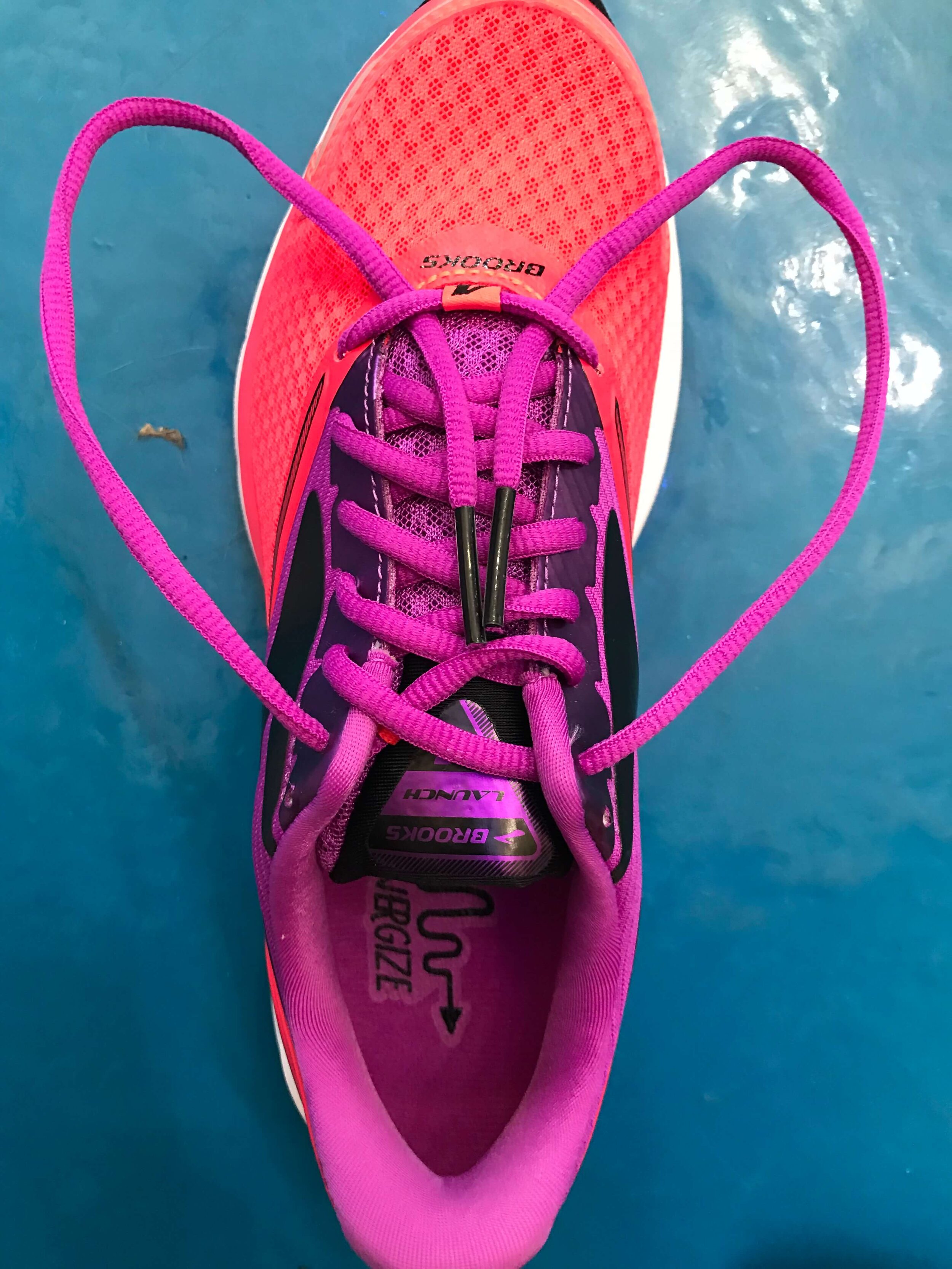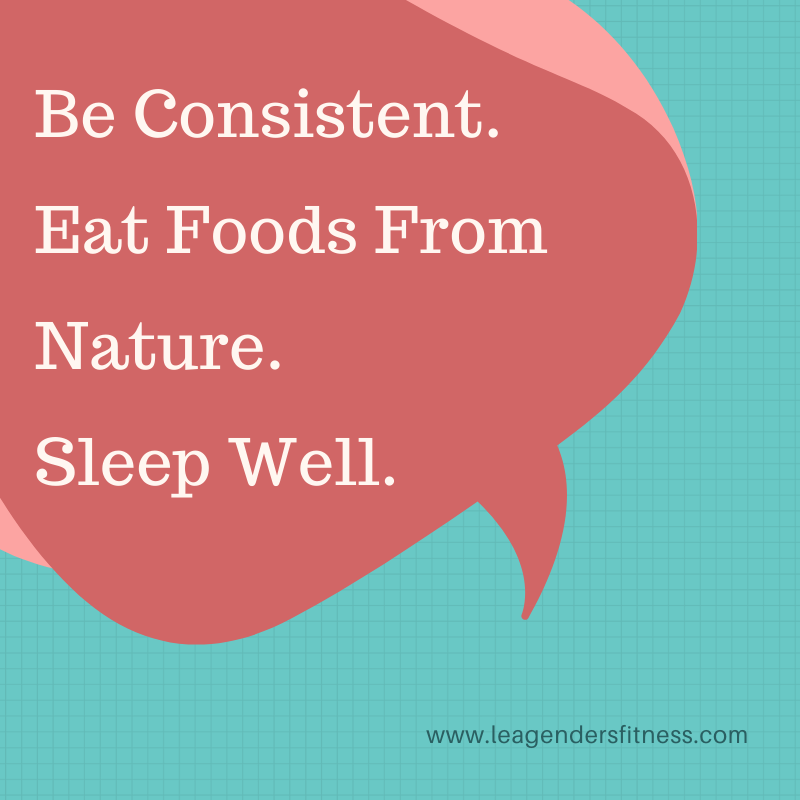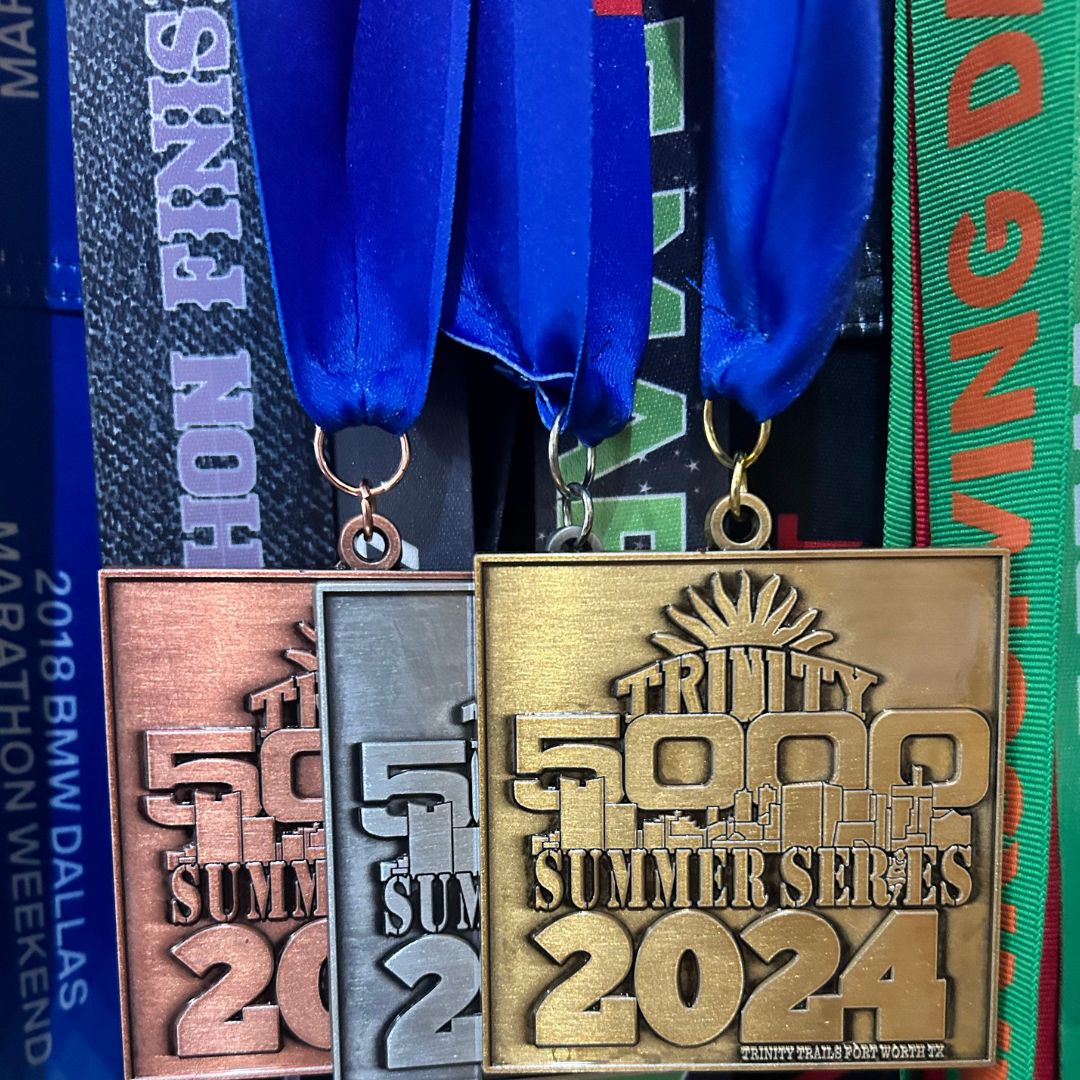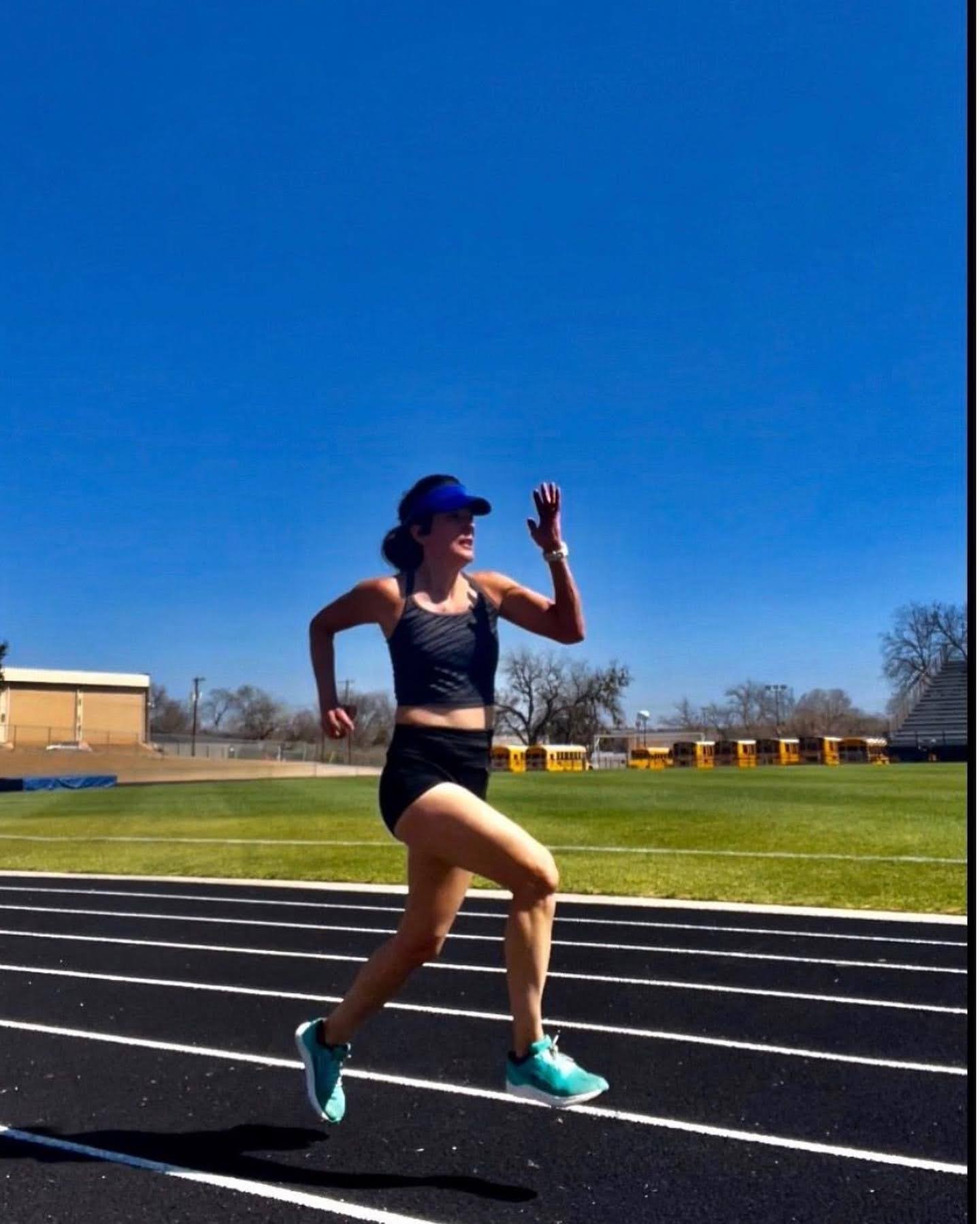I used to think that people who meal-prepped were those kind of people who really had their $hit together. The kind of people who threw those Pinterest-worthy parties with home-baked goods and hand-made decorations. The sort of people who made their beds every. single. day. You know, really together.
I'm kind of a mess. I couldn't bake or craft if my life depended on it and I run out the door every morning in a frenzy. I wouldn't say that I make my bed, more like I try to straighten-up the covers a bit so they are not in a big lump in the middle. That counts, right? Who has time? (and I'll mention that I don't even have kids, so honestly, I have no idea how you do it.)
I figured out that meal-prep is actually perfect for people like me. I don't feel like I have it all together all the time, so if I take a little time up front, I end up spending less time and energy (not to mention money, oops I mentioned it) in the long run. If I spend 30 minutes prepping on a Sunday I know that I'll always have a healthy meal ready to go for breakfast no matter how frenzied my morning turns out.
Overnight oats saves breakfast. It is easy to make a healthy choice in the morning when it's already prepared and waiting in the fridge. Just grab a spoon and dig in. As a nutrition coach I love it because overnight oats have a mix of healthy carbohydrates, protein and fats. If you are an athlete especially, you want to make sure you are covering all your nutritional bases.
I experimented with a few different flavor combinations and I came with up with these varieties.
Overnight Oats - Save on Pinterest for later!
This post may contain affiliate links.That just means if you click on a link in this post and make a purchase then I make a small percentage of the sale. No one is getting rich here, it just helps with the running (pun intended) of this blog. Thanks, as always, for your support.
I used one pint mason jars, all of the flavor combinations have the same base
1/3 cup of old fashioned 100% whole grain rolled oats (uncooked)
1/3 cup of milk
1/3 cup of plain Greek yogurt (this is where you get your protein)
The topping varieties are endless. Here are a few that I loved:
PEANUT BUTTER /BANANA
1/3 cup of old fashioned 100% whole grain rolled oats (uncooked)
1/3 cup of milk
1/3 cup of plain Greek yogurt
2 tablespoons of peanut butter powder (or you could use natural peanut butter)
1/2 banana
coconut flakes
BERRIES/CINNAMON
1/3 cup of old fashioned 100% whole grain rolled oats (uncooked)
1/3 cup of milk
1/3 cup of plain Greek yogurt
1/2 tbsp cinnamon
blueberries/raspberries/strawberries
sliced almonds
coconut flakes
PEACHES/COTTAGE CHEESE
1/3 cup of old fashioned 100% whole grain rolled oats (uncooked)
1/3 cup of milk
1/3 cup of cottage cheese (changed it up from Yogurt for this one)
1/2 large peach chopped
sliced almonds
coconut flakes
PINEAPPLE/COCONUT
1/3 cup of old fashioned 100% whole grain rolled oats (uncooked)
1/3 cup of milk
1/3 cup of plain Greek yogurt
1/3 cup of crushed pineapple
sliced almonds
coconut flakes
If you are worried about soggy oats, then some people recommended making only two jars in advance. I however, thought that by the end of the week they were even more delicious as the flavors were soaked up from sitting in the fridge all week. It's really a personal preference. I liked making five mason jars ahead of time and eating them all week. I ate the one with the banana on the first day just to be sure.
What do your mornings looks like? Are they hectic like mine? I have another idea for a breakfast on the go that I will share next week.
Will you give these a try and let me know what you think? What's your go-to breakfast? What strategies do you use to eat healthy on the go?
Like this post? It helps me when you share with your friends and followers.









































If you've ever wondered whether you're addicted to sugar, this blog post is for you. The good news? You have more control than you might think. With a few mindset shifts and intentional habits, you can train your brain to enjoy sugar without feeling controlled by it—finding balance without deprivation for a healthier, more sustainable approach.